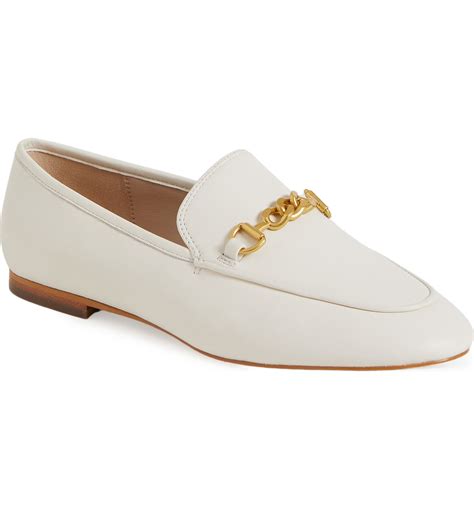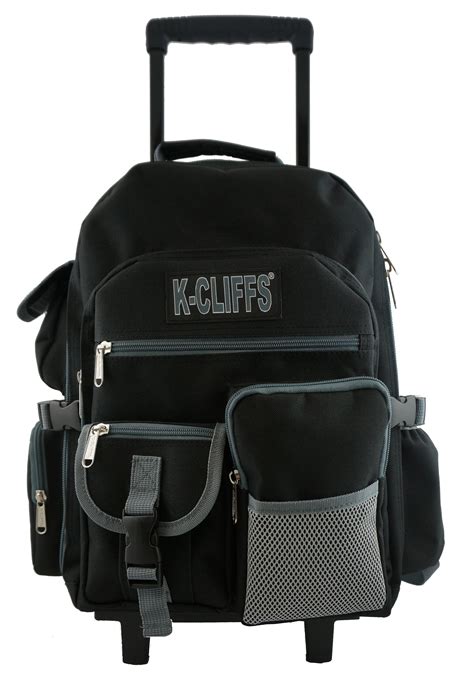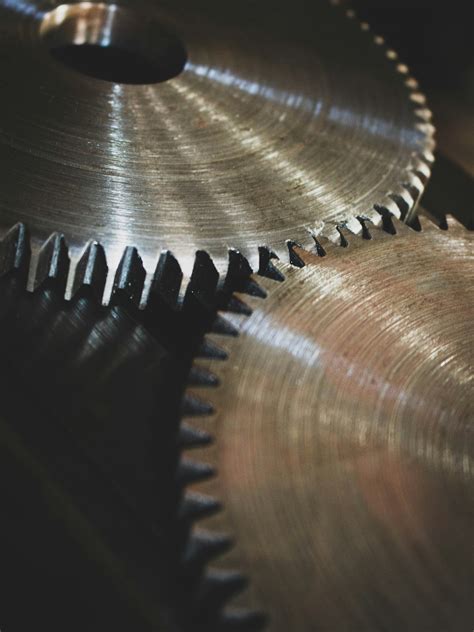What athletic shoe design offers max stability for heavy lifts & agility for HIIT?
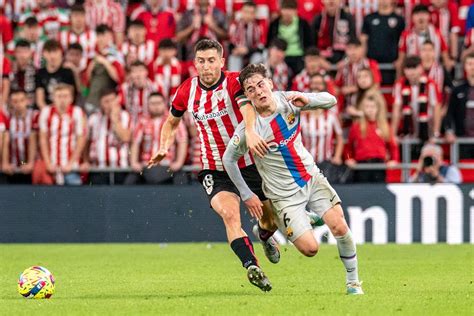
The Dual Demands: Stability for Lifts, Agility for HIIT
Athletes often face a footwear dilemma: the perfect shoe for heavy barbell squats or deadlifts typically prioritizes an unyielding, flat base, while the ideal shoe for explosive box jumps, burpees, and lateral shuffles in a HIIT session demands flexibility, cushioning, and multi-directional grip. Bridging this gap requires a careful balance of design elements, and modern athletic shoe manufacturers are constantly innovating to meet these seemingly contradictory needs.
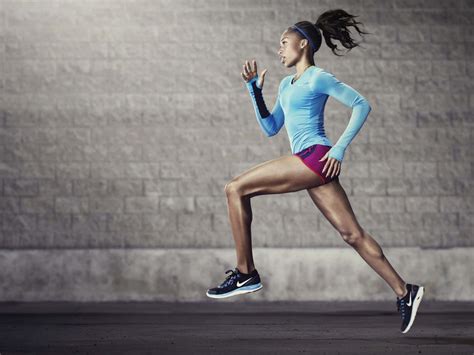
Foundations of Stability: What Heavy Lifts Demand
For heavy lifting, the primary goal is to maximize ground contact and minimize any loss of power through shoe compression. This means:
- Flat, Rigid Sole: A hard, incompressible sole ensures all force is directed into the ground, creating a stable platform for pushing off.
- Minimal Cushioning: Excessive cushioning, common in running shoes, absorbs energy and can lead to instability under heavy loads.
- Wide Base and Toe Box: A broader outsole provides a larger contact patch with the floor, enhancing balance. A wide toe box allows toes to splay naturally, further aiding stability.
- Low Heel-to-Toe Drop (or Zero Drop): A flat profile keeps the foot in a natural position, which is crucial for exercises like deadlifts. Some weightlifting shoes feature an elevated, incompressible heel to optimize squat mechanics, but this is less ideal for general stability across all heavy lifts.
- Strong Upper Construction: Durable, supportive materials that lock the foot down prevent internal movement.
Dynamics of Agility: What HIIT Requires
In contrast, high-intensity interval training (HIIT) demands rapid changes in direction, explosive power, and impact absorption. Key features for HIIT agility include:
- Flexible Forefoot: Essential for jumping, sprinting, and dynamic movements, allowing the foot to bend naturally.
- Responsive Cushioning: While not excessive, enough cushioning is needed to absorb impact from jumps and provide energy return for explosive movements.
- Multi-Directional Traction: Outsole patterns designed to grip effectively during lateral movements, pivots, and quick stops.
- Lightweight Design: Reduces fatigue and allows for quicker movements.
- Secure Midfoot Lockdown: Prevents the foot from sliding within the shoe during quick lateral cuts and changes of direction.
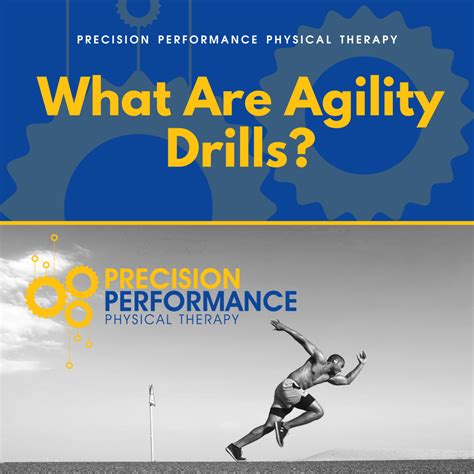
The Cross-Training Compromise: Blending Both Worlds
Recognizing the need for a versatile solution, manufacturers have developed cross-training shoes specifically designed to bridge this gap. Brands like Nike Metcon, Reebok Nano, and Under Armour TriBase Reign are pioneers in this category. These shoes typically feature:
- Firm, Stable Heel: Often made with a denser foam or rubber, sometimes incorporating a removable Hyperlift insert, to provide a stable platform for lifting without being as rigid as a dedicated weightlifting shoe.
- Flexible Forefoot: The front of the shoe is designed with grooves and softer materials to allow for natural foot flexion during burpees, box jumps, and sprints.
- Moderate, Responsive Cushioning: A balanced amount of cushioning that offers some impact protection without compromising stability during lifts.
- Durable, Grippy Outsole: Often wraps up the sides for rope climbs and features multi-directional tread for various movements.
- Supportive Upper: Constructed from breathable yet durable materials, often reinforced in key areas for lateral stability.

Finding Your Ideal Shoe: Prioritizing Your Workout
While cross-training shoes are excellent all-rounders, it’s important to understand that they are a compromise. A dedicated weightlifting shoe will always offer superior stability for maximal lifts, and a specialized running or agility shoe might offer better performance for purely high-impact, agile workouts.
If your training primarily involves heavy lifting with occasional HIIT, a shoe with a firmer heel and good ground feel might be best. If your HIIT sessions are dominant, leaning towards more flexibility and responsive cushioning would be advisable. For those who frequently perform both in a single session, a well-designed cross-training shoe is often the most practical and effective solution.
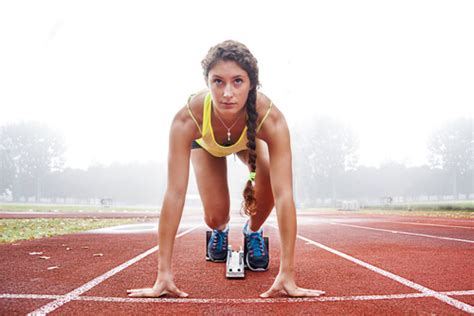
Conclusion
The athletic shoe design that best offers both maximum stability for heavy lifts and agility for HIIT is undoubtedly the modern cross-training shoe. These hybrid models are engineered to provide a stable, low-profile base for power transfer during lifts, combined with a flexible, grippy, and moderately cushioned forefoot for dynamic, agile movements. While no single shoe can perfectly replicate the specialized performance of dedicated footwear for each discipline, cross-trainers offer an impressive balance, empowering athletes to transition seamlessly between demanding strength and explosive conditioning workouts.
